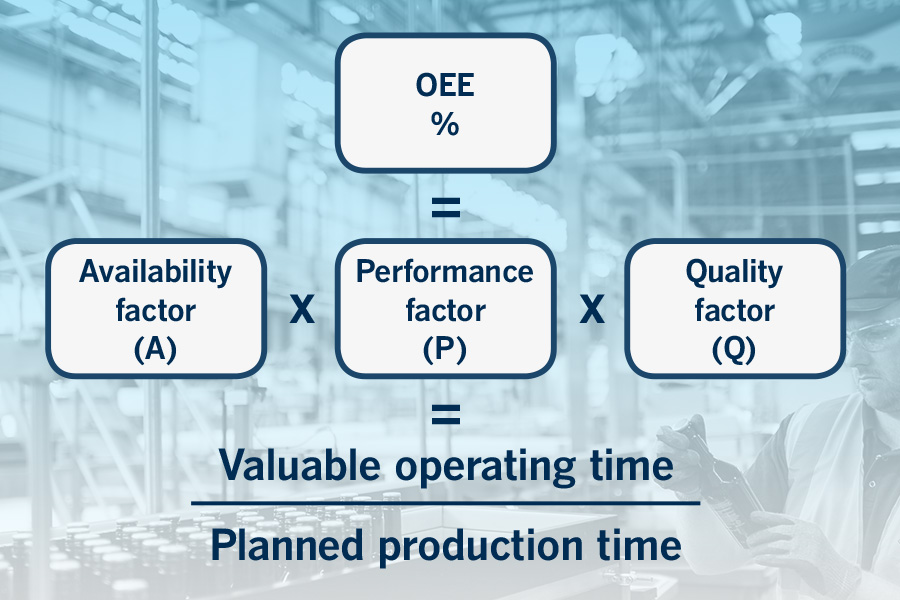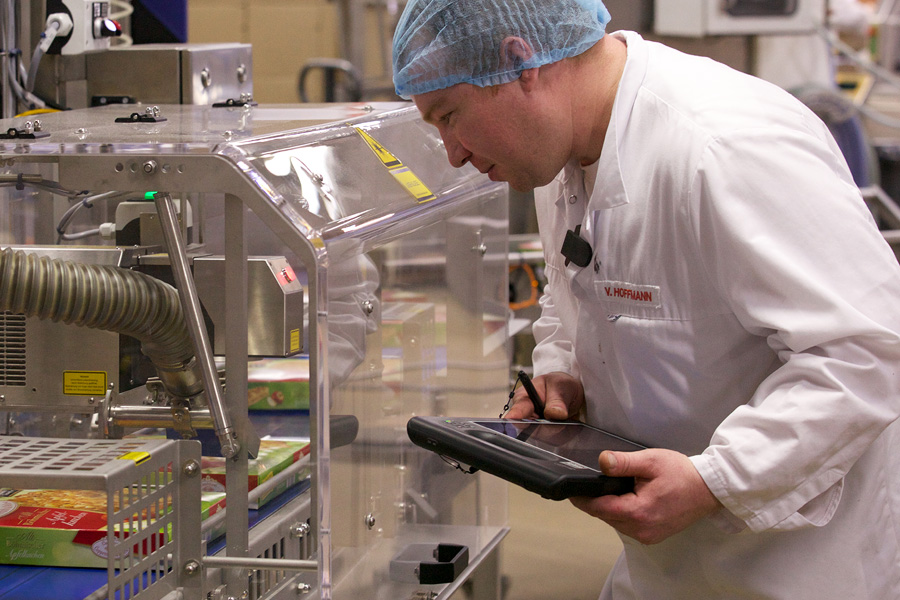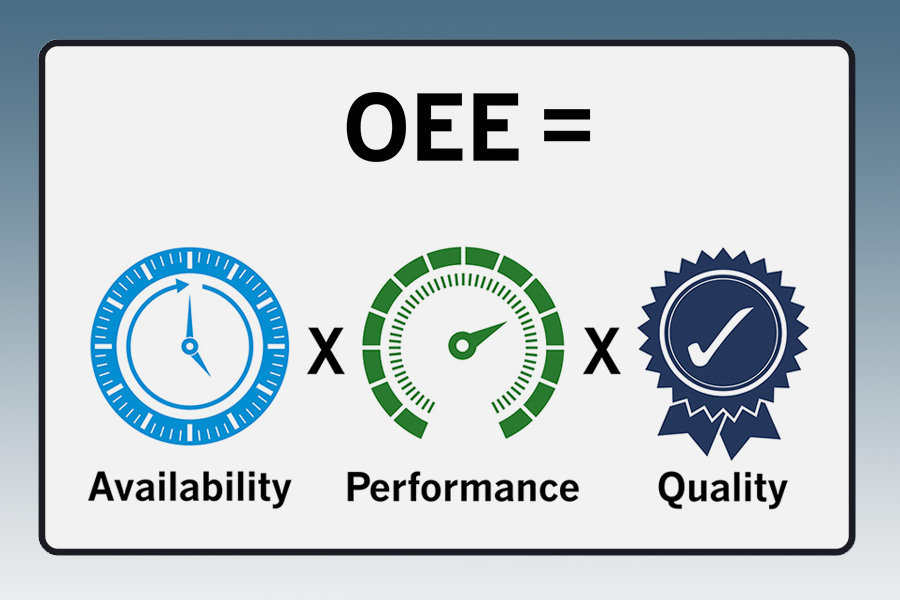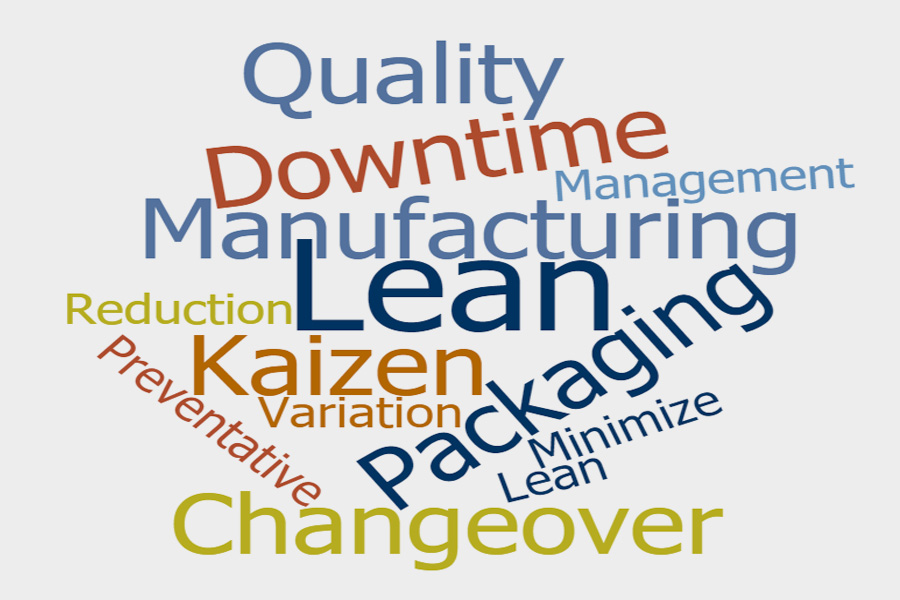
OEE
Overall Equipment Effectiveness (OEE) is used as a key metric for helping manufacturers measure and improve productivity. Using line data and OEE methodology, users can identify keys areas of improvement, establish best practices, and create a culture of Continuous Improvement (CI).
A financial case for championing OEE and Continuous Improvement
Find out how implementing a program for Overall Equipment Effectiveness (OEE) and Continuous Improvement (CI) can positively impact the efficiency of your production, and cut costs.
How measuring OEE can make a big difference to your bottom line
Overall Equipment Effectiveness (OEE) for tracking productivity and implementation of a Continuous Improvement (CI) program can boost your bottom line. Let’s discuss a few ways that tracking OEE and CI can help improve your business.
Continuous Improvement: metrics, measurement and sustainment
Inherent in the definition of Continuous Improvement (CI) is the ability to determine whether you are truly making forward progress. Read more on how to drive and maintain a meaningful CI program.
Three ways production engineers can prioritize problems to improve operations
Discover the three main ways production engineers can prioritize problems by sorting measurements, considering safety planning, and quantifying soft costs.
Four steps to start using OEE today
As packaging lines have become more efficient, waste or problems on the line can become less visible and harder to identify. Learn how Overall Equipment Effectiveness (OEE), Total Productive Maintenance (TPM) and Single-Minute Exchange of Die (SMED) can help.
Visual Management: five easy steps to get you started
Visual management is a Lean tool that can help with managing and optimizing production. Learn about the five steps you can take to set up visual management for your packaging line.
How going Lean on the packaging line can make you more profitable
Lean is a methodology designed to reduce both waste and the amount of work in progress. Adopting these five Lean principles can help you meet customer demand and win at your daily operations.
How to identify hidden waste on a packaging line
Underfilled partial pallets and fear of operator error are the two common types of waste. Ask these three questions identify compensating behaviors and how to alleviate them.









